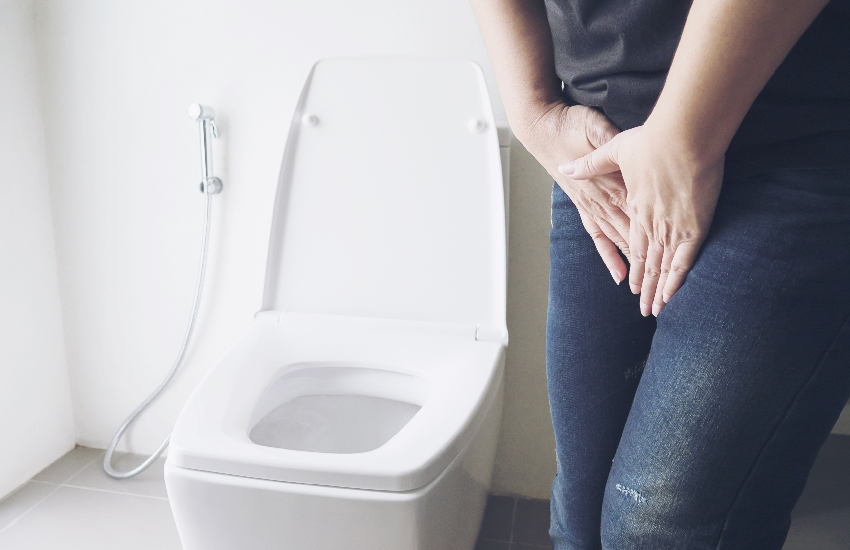Overview
The condition known as overactive bladder (OAB) results in frequent, unexpected urinal urges that can be challenging to control. You can experience frequent urges to urinate during the day and at night, as well as inadvertent pee loss (urgency incontinence).
You can feel self-conscious, isolate yourself, or restrict your job and social life if you have an overactive bladder. The good news is that a quick evaluation can reveal whether your overactive bladder symptoms are caused by a particular condition.
Simple behavioural approaches, such as dietary adjustments, timed voiding, and bladder-holding techniques utilising your pelvic floor muscles, may help you manage the symptoms of an overactive bladder. If these first efforts are insufficient to relieve your symptoms of overactive bladder, additional treatments are available.
Symptoms
If you have an overactive bladder, you may:
• Feel a sudden, difficult-to-control urge to urinate
• Immediately following an urgent need to urinate, experience unintentional urine loss (urgency incontinence)
• Have frequent urination, typically eight or more times per day
• Have more than two night-time urination awakenings (nocturia)
Causes
How a healthy bladder works
Urine is produced by the kidneys and passes into the bladder. The urethra is the tube via which your bladder releases urine when you urinate. To let urine leave the body, the sphincter muscle in the urethra opens.
Nerve impulses that are delivered from your bladder to your brain eventually make you feel the need to urinate. These nerve impulses control the pelvic floor muscles’ and the urethra’s muscles’ relaxation during urination (urinary sphincter muscles). Urine is forced out of the bladder by the muscles of the bladder contracting.
Involuntary bladder contractions
When your bladder’s muscles begin to contract on their own, even when there is little urine present, you have an overactive bladder. These are referred to as involuntary contractions, and they make you feel the need to urinate immediately.
A few factors that may contribute to the signs and symptoms of overactive bladder
• Diabetes
• Neurological illnesses like multiple sclerosis
• Urinary tract infections that can produce symptoms comparable to an overactive bladder
• Women’s menopause-related hormonal changes
• Bladder-related illnesses such tumours or bladder stones
• Things that prevent pee from leaving the bladder, like an enlarged prostate, constipation, or prior incontinence surgery.
Prevention
Your risk of an overactive bladder may be decreased by these healthy lifestyle choices:
• Continue to maintain a healthy weight.
• Engage in regular, daily exercise and physical activity.
• Keep alcohol and caffeine intake to a minimum.
• Give up smoking.
• Control chronic illnesses like diabetes that may exacerbate symptoms of overactive bladder.
• Perform activities to strengthen the muscles in your pelvic floor like Kegel exercises.


Leave a Reply